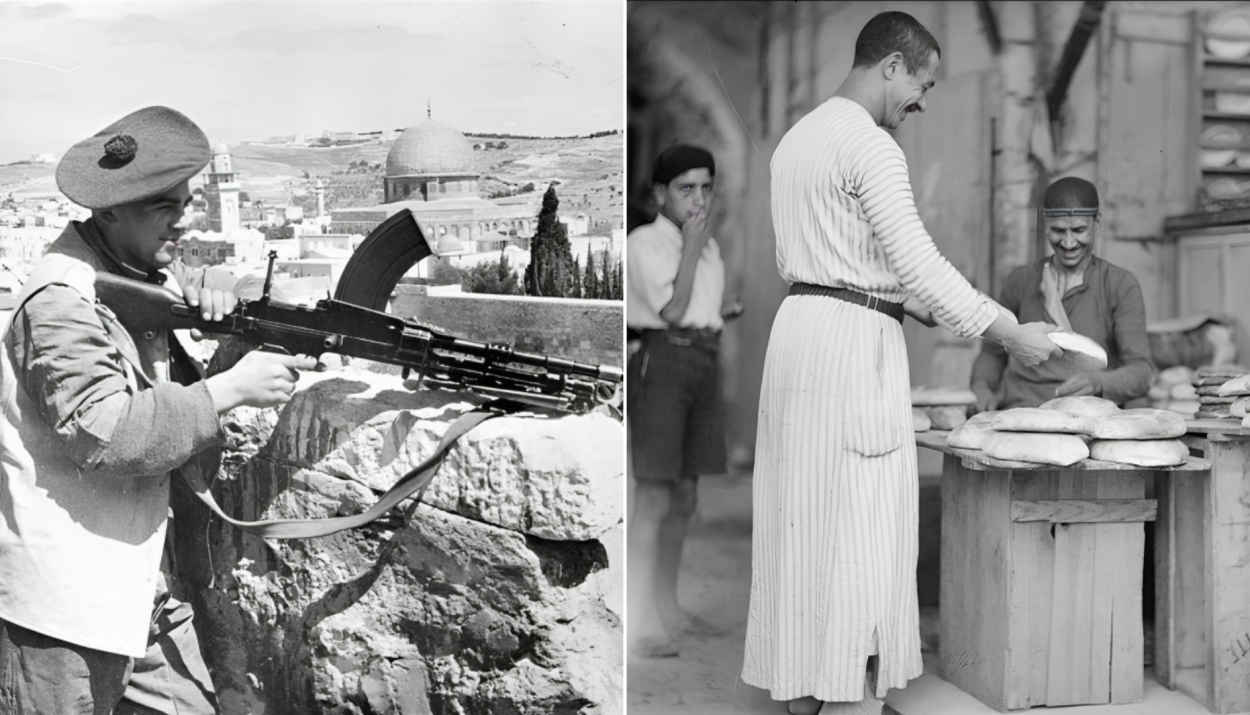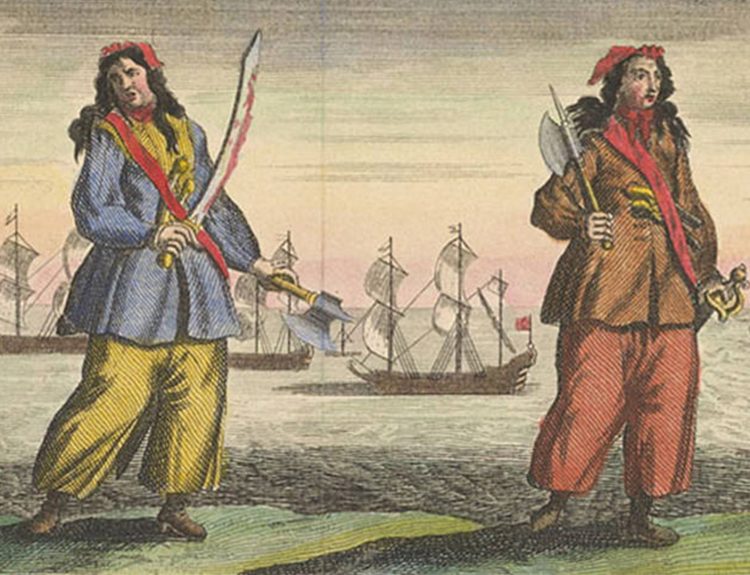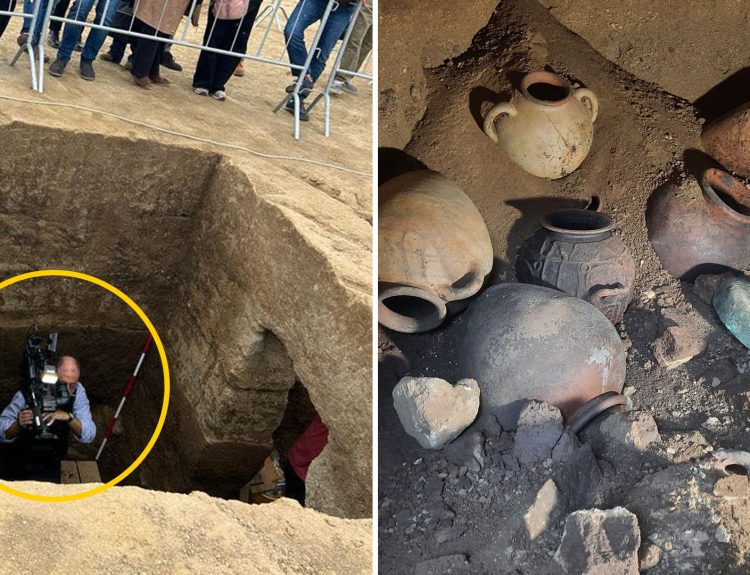These historical photos provide a captivating window into life in early 20th-century Palestine. They offer a rich tapestry of cultural diversity, showcasing the daily routines, traditions, and landscapes that defined the era. These snapshots enable us to appreciate the multifaceted nature of Palestinian society during this time, capturing moments of work, leisure, and celebration.
The British took control after the defeat of the Ottoman Empire in 1917
In 1917, the British took control of Palestine following the collapse of the Ottoman Empire. This transition marked a pivotal moment in the region’s history, as British rule set the stage for various political and social developments that would shape the course of events for decades to come.
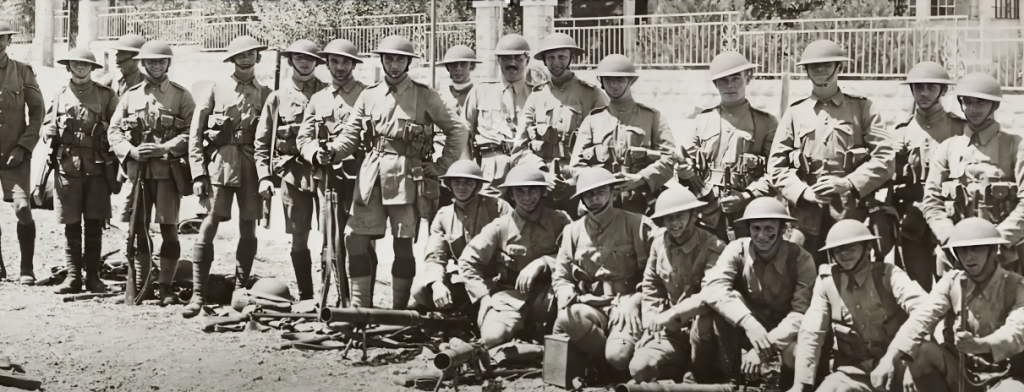
The British Mandate in Palestine became a significant chapter in the ongoing struggles and aspirations of the Palestinian people.
Palestine was a trading hub for soap, grain and cotton in the 1920’s
The 1920s saw Palestine emerge as a vibrant trading hub, dealing in commodities like soap, grain, and cotton.
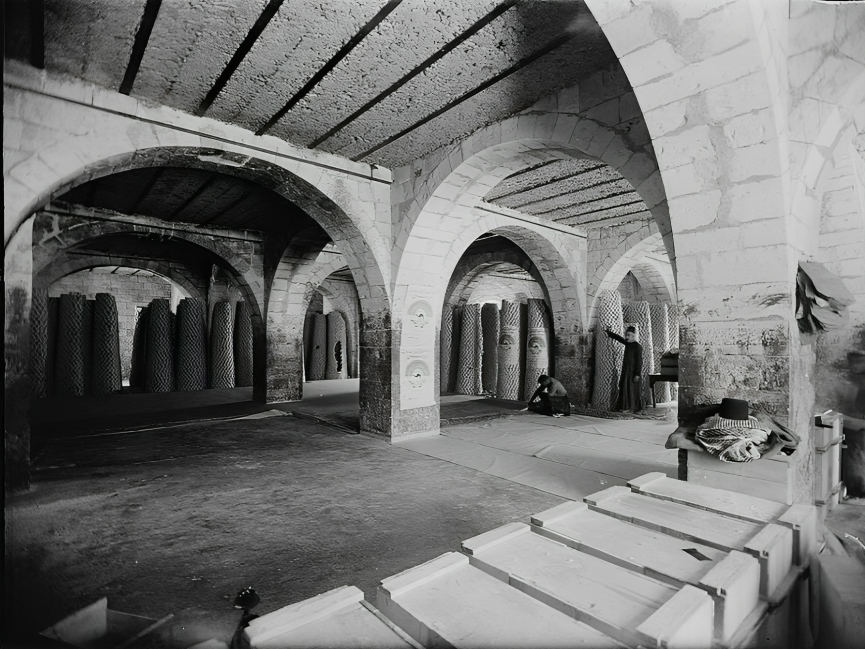
This economic activity contributed to the region’s prosperity and played a pivotal role in the development of its markets and infrastructure.
Nuts and oranges were bountiful and sold at markets
Local markets in Palestine brimmed with an abundance of nuts and oranges, a testament to the region’s agricultural prosperity.

Palestine’s agricultural prowess was notably demonstrated by the abundance of nuts and oranges, which graced local markets. The availability of these fruits showcased the region’s agricultural fertility and its significance as a source of fresh produce.
Arab women would knit and spin wool at an institute in Jerusalem
Traditional crafts were a cornerstone of Palestinian culture, with Arab women often engaged in activities like knitting and wool spinning.

These practices at an institute in Jerusalem helped preserve and pass down the cultural heritage of the region.
The Friends of amallah, a Quaker organization, ran schools for children
The Friends of Amallah, a Quaker organization, made commendable efforts to establish educational institutions for Palestinian children.
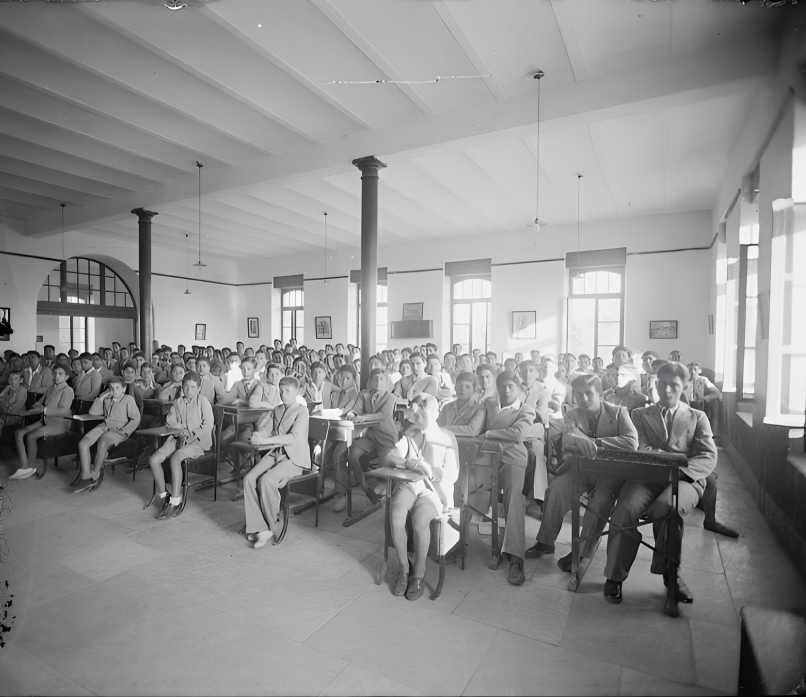
Their schools were part of a broader push for improved education and the well-being of local communities.
British occupation loomed heavily on the streets of Palestinian cities
The streets of Palestinian cities bore witness to the heavy presence of British occupation.

It left a lasting imprint on the urban landscape, influencing the daily lives and experiences of the Palestinian population.
The British occupied the region for 30 years
British rule persisted for three decades, profoundly impacting the political, social, and economic landscape of Palestine.
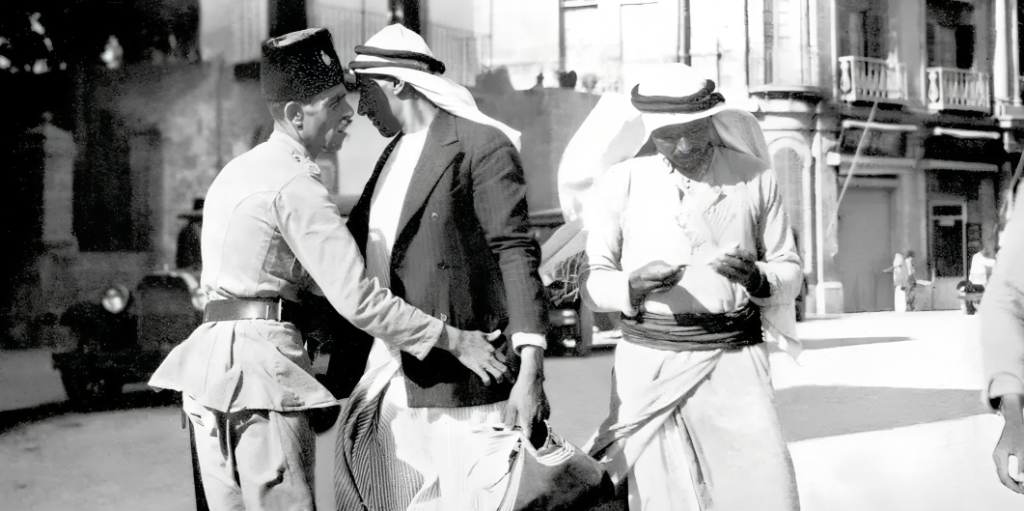
It shaped the aspirations and grievances of the people living under its authority.
Establishing a National Home for the Jewish People in Palestine
The aftermath of the Holocaust led to the migration of many Jewish individuals to Palestine after 1933.

This influx of immigrants marked a significant demographic shift and had far-reaching consequences for the region.
Many Jews migrated to the region after 1933, fleeing the Holocaust
The arrival of Jewish immigrants in Palestine following the horrors of the Holocaust represented a pivotal moment in the region’s history.

It had profound effects on its demographics, politics, and the broader Middle East conflict.
Jerusalem was kept under UN control
Jerusalem, a city of immense historical and religious significance, was placed under United Nations control, reflecting its unique international status and the complex political and religious dynamics that have revolved around it for centuries.
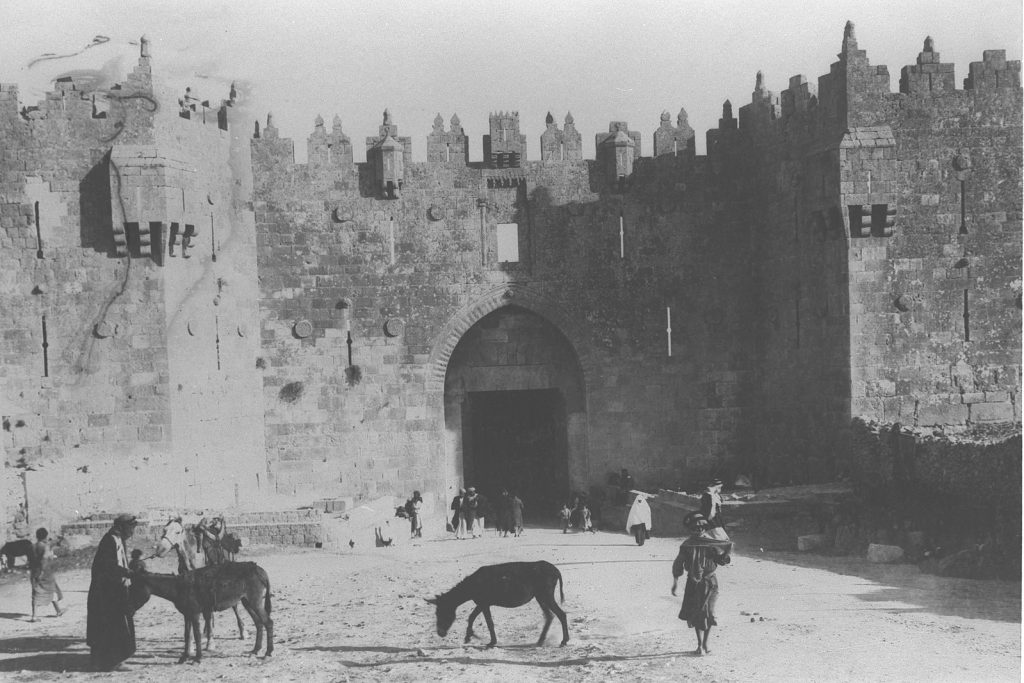
This decision underscored the city’s central role in the ongoing Israeli-Palestinian conflict and the broader pursuit of peace and stability in the region.

